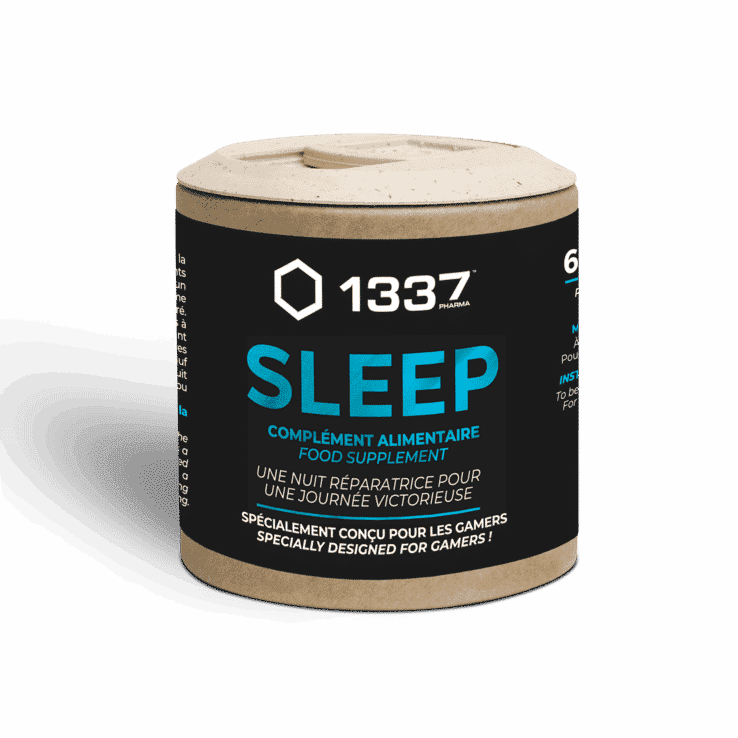VITAMIN b6
Ingredient
What is Vitamin B6
Where does it come from?
Why is it used?
What are the benefits?
Bibliography
What is vitamin B6?
Vitamin B6, also known as pyridoxine, is a water-soluble vitamin that your body needs for several functions. Pyridoxal 5′ phosphate (PLP) is the active coenzyme form and the most common measure of blood levels of B6 in the body.
It plays an important role in the metabolism of proteins, fats and carbohydrates and in the creation of red blood cells and neurotransmitters (Office of Dietary Supplements – Vitamin B6, nd, p. 6)
Where does it come from?
Your body is not able to produce vitamin B6 on its own, so you must get it from food or supplements. Vitamin B6 is found in a variety of animal and plant foods such as
• Liver of beef
• Tuna
• Salmon
• Enriched cereals
• Chickpeas
• Poultry
• Some vegetables and fruits, especially green leafy vegetables, bananas, papayas,
oranges and cantaloupe.
Most people get enough vitamin B6 from their diet, but some populations
may be at risk of deficiency.
Why is it used?
Getting enough vitamin B6 is important for optimal health and can even prevent and treat chronic disease. (Hellman & Mooney, 2010)
Vitamin B6 may play a role in improving brain function and preventing Alzheimer’s disease; Vitamin B6 may prevent a decline in brain function by lowering homocysteine levels associated with Alzheimer’s disease and memory loss. (Malouf & Grimley Evans, 2003; Oulhaj et al., 2010; Seshadri et al. , 2002).

What are the benefits?
They participate in the construction of the organism (growth, development of the skeleton, etc.), in the functioning and maintenance of the body (transformation and use of macro-nutrients, vision, blood coagulation, muscular, nervous, immune systems, production of DNA…).
Discover other plants used in our products
Bibliography
- Hellmann, H., & Mooney, S. (2010). Vitamin B6: A molecule for human health? Molecules (Basel, Switzerland), 15(1), 442-459. https://doi.org/10.3390/molecules15010442
2. Malouf, R., & Grimley Evans, J. (2003). The effect of vitamin B6 on cognition. The Cochrane Database of Systematic Reviews, 4, CD004393. https://doi.org/10.1002/14651858.CD004393
3. Office of Dietary Supplements—Vitamin B6. (nd). Retrieved June 8, 2022, from https://ods.od.nih.gov/factsheets/VitaminB6-HealthProfessional/
4. Oulhaj, A., Refsum, H., Beaumont, H., Williams, J., King, E., Jacoby, R., & Smith, AD (2010). Homocysteine as a predictor of cognitive decline in Alzheimer’s disease. International Journal of Geriatric Psychiatry, 25(1), 82-90. https://doi.org/10.1002/gps.2303
5. Seshadri, S., Beiser, A., Selhub, J., Jacques, PF, Rosenberg, IH, D’Agostino, RB, Wilson, PWF, & Wolf, PA (2002). Plasma homocysteine as a risk factor for dementia and Alzheimer’s disease. The New England Journal of Medicine, 346(7), 476-483. https://doi.org/10.1056/NEJMoa011613

